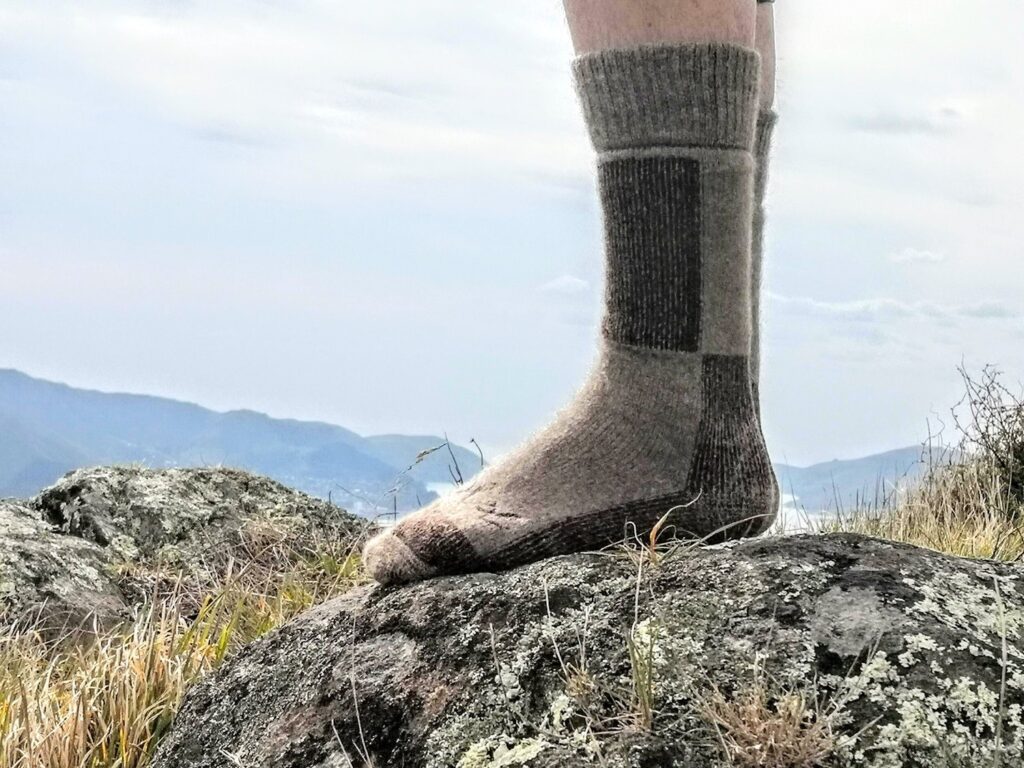Socks are one of the most ubiquitous items of clothing. Most of us wear them every day without giving them much thought, but there are some interesting facts about socks that you may not know. From the invention of the first sock to the modern-day technology that goes into making them, socks have come a long way. Read on to learn more about the fascinating history of socks and the interesting innovations that have been made over the years. You can find interesting facts about belts on our site.
The Fascinating History of Socks

It is hard to imagine a world without socks. A wardrobe staple, socks have been around since ancient times, evolving from simple pieces of cloth to the colorful and comfortable garments that we know today.
The earliest examples of socks were found in Egypt and date back to around 1000 BCE. These ancient socks were made of animal fur and were designed to keep sand out of wearers’ shoes.
In the 1st century CE, during the reign of the Roman Empire, socks were made from matted animal hair. During the Middle Ages, people wore socks made of wool and linen. However, as the wool industry began to grow in the 15th century, socks were made from knitted wool and became a fashionable accessory for the wealthy.
In the 16th century, the stocking frame, a mechanical knitting machine, was invented in England. This allowed for the production of large amounts of socks quickly and efficiently. By the 17th century, it was common for people of all classes to wear wool socks, and the industrial revolution led to an even greater demand for them.
The 19th century saw the introduction of cotton and synthetic fibers, making socks more comfortable and durable than ever before. By the 20th century, socks had become an important part of the modern wardrobe and were available in an array of colors and designs.
Today, socks come in a variety of materials and styles and are an essential item for both fashion and functionality. From the ancient Egyptians to modern times, socks have come a long way and are here to stay.
10 Surprising Facts About Socks
- The earliest socks were discovered in Egypt and were made out of animal skins or matted plant fibers.
- Ancient Romans used to wear socks made from woven fabrics called “udones.”
- Socks were so popular in Medieval Europe that the Pope issued a decree in 1589 banning the wearing of colorful socks as it was deemed too luxurious.
- The industrial revolution saw the introduction of mass-produced socks made from cotton or wool.
- In the US, the sock industry was worth approximately $12.5 billion.
- The average person has 12-14 pairs of socks in their wardrobe.
- The longest recorded sock measures over 780 feet and was created in the UK.
- Socks are graded by colorfastness, handle, and shrinkage.
- Socks are not just for feet; they are also used to absorb shock and vibration in some industrial machines.
- The traditional hand-knitted sock is still popular today and is often referred to as an “old-fashioned sock.”
The Art of Sock Making: How Socks Are Made
Socks have been a staple of the wardrobe for centuries, providing warmth, comfort, and style for individuals of every age. But, how are socks made? From the selection of materials to the finished product, there is a science and art to sock making that yields a long-lasting and comfortable product.
First, the materials used for making socks must be chosen. All socks are knit from natural and synthetic fibers, such as wool, cotton, nylon, and polyester. These materials are chosen for their ability to stretch and conform to the foot, providing a comfortable fit. In addition, the type of yarn used will determine the thickness and weight of the sock, as well as its overall durability.
Once the materials have been selected, the next step in the sock making process is to create the sock pattern. This is done by using a sock knitting machine, which has a series of needles and a feeder that moves the yarn through the machine. The pattern is determined by the number of needles used and the type of stitch selected.
After the pattern is created, the next step is to cut the fabric and assemble the pieces. Each sock is made up of two pieces of fabric, which are then sewn together. This is done by hand-stitching or using a sewing machine. The seams are then pressed and the sock is ready for the finishing touches.
Finally, the sock is washed and dried. This ensures that the sock will be soft and comfortable when worn. It is also important to note that many sock makers use a special enzyme wash to remove excess dye from the sock, ensuring that the colors will not fade over time.
Sock making is an art that requires skill, patience, and attention to detail. By understanding the steps involved in the process, you can create a sock that is comfortable, stylish, and durable.
